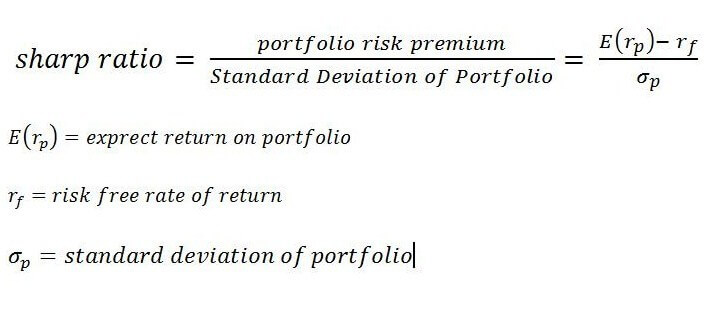By: Ari Charney
Is price volatility a good measure of risk? Warren Buffett would probably say no. He once famously quipped that the true risk of an investment is the potential for “permanent loss of capital.”
But for most investors price volatility does matter. Say you own two equity funds: Velocity Fund loses 20 percent in the first half of the year but gains 35 percent in the second; Stability Fund gains 4 percent in each half. End result: Both Velocity and Stability are up 8 percent for the year. But wouldn’t you favor Stability over Velocity, assuming their total returns continued to be similar?
 While this is a highly simplistic example, it gets the idea across: It’s useful to look at investment returns that reflect price volatility. This information is often provided through “risk-adjusted returns,” which can help determine how well you’re being compensated for enduring the volatility inherent in a particular strategy, be it investing in blue chips or playing the Greek bond market.
While this is a highly simplistic example, it gets the idea across: It’s useful to look at investment returns that reflect price volatility. This information is often provided through “risk-adjusted returns,” which can help determine how well you’re being compensated for enduring the volatility inherent in a particular strategy, be it investing in blue chips or playing the Greek bond market.
Also, it’s good to know what level of price swings to expect. Caught off guard, investors often abandon a volatile investment near its trough, even though it goes on to beat the market.
Risk-adjusted returns are calculated using the Sharpe ratio (created by Nobel Prize-winning economist William Sharpe). Here’s how this works: For a given period of time, say 10 years, analysts look at how much more a specific portfolio (or mutual fund) has returned vs. a risk-free investment, such as 10-year Treasury bonds. This result is then divided by the investment’s standard deviation, a measure of price volatility that includes the full range of returns that investment has produced during the period in question.
The higher a portfolio’s Sharpe ratio, the better its risk-adjusted performance. A negative Sharpe ratio indicates that a risk-free asset would have outperformed the portfolio being analyzed.
When two investments have roughly equal total returns, it’s usually best to go with the higher risk-adjusted return. This makes sense: Investors should earn more for tolerating wide price swings.
However, as Warren Buffett might attest, price volatility isn’t always a bad thing, particularly when an investor can add to existing positions when stocks go on sale. And volatility doesn’t always have to be toward the downside. Although most investors love price spikes, risk-adjusted returns can actually penalize an investment that exhibits significant upside volatility.
To correct for this shortcoming, an academic named Frank Sortino, now director of the Pension Research Institute, adjusted the Sharpe ratio so that the denominator only reflects downward volatility (as measured by “semivariance,” a subset of standard deviation).
While semivariance can be tweaked to include any returns below an investor’s minimum acceptable return (MAR), Morningstar’s version of the Sortino ratio uses semivariance that only covers negative returns. Similarly, the numerator of the Sortino ratio can be set to equal the return in excess of the MAR. But because of the subjectivity involved in setting an MAR, Morningstar has reverted to using risk-free return.
In order to put the Sortino ratio in context, let’s use Morningstar’s performance data to examine two small-cap mutual funds: Royce Heritage (RGFAX) and Berwyn (BERWX).
Since we take a long-term perspective toward investing, we’ll compare their performances over the trailing 10-year period. Additionally, members of both management teams have been at the helm for more than a decade, so we won’t be considering performance that precedes their tenure.
As might be expected from two small-cap specialists, these funds have exhibited markedly greater volatility than the broad market. But they nevertheless trounced the market on both a total-return and risk-adjusted basis, while also soundly beating the benchmark small-cap Russell 2000.
The value-oriented Berwyn achieved the highest total return (10.2 percent annualized), risk adjusted return (0.50) and Sortino ratio (0.76), with slightly less volatility than its peer. Meanwhile, the growth-oriented Royce Heritage slightly lagged Berwyn on total return (9.8 percent annualized) and risk-adjusted return (0.46), and that gap in performance further widened in terms of the Sortino ratio (0.68).
Ari Charney is a regular contributor to the Stocks to Watch column on Investing Daily.
Suggested Additional Reading:
“The Sharpe Ratio Statistics and Applications” – by Steven E. Pav
The Sharpe ratio is the most widely used metric for comparing the
performance of financial assets. The Markowitz portfolio is the portfolio with
the highest Sharpe ratio. The Sharpe Ratio: Statistics and Applications
examines the statistical properties of the Sharpe ratio and Markowitz portfolio,
both under the simplifying assumption of Gaussian returns and asymptotically.



